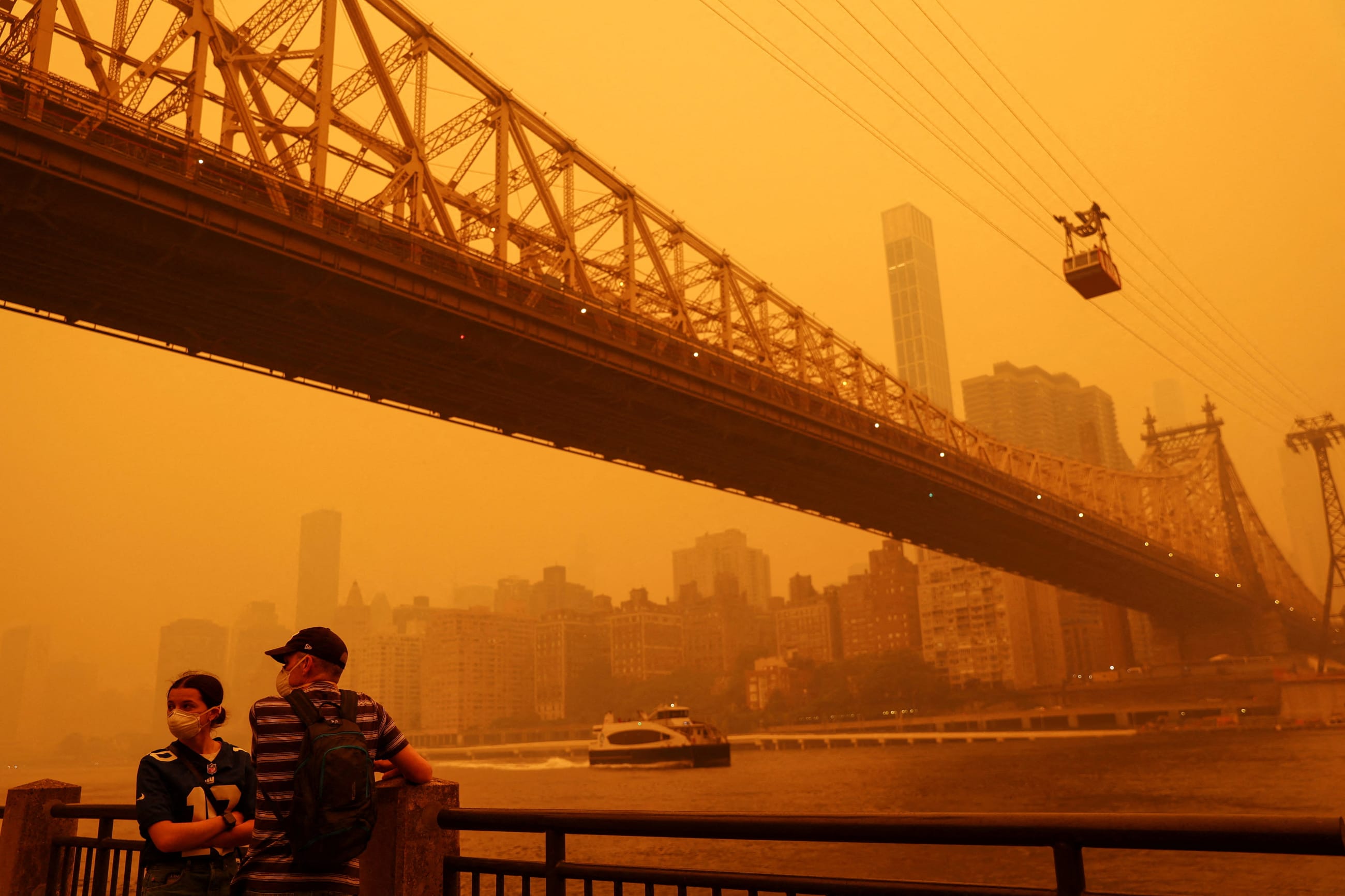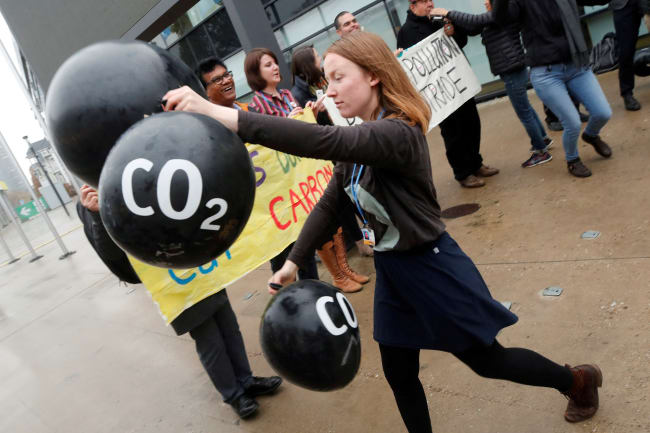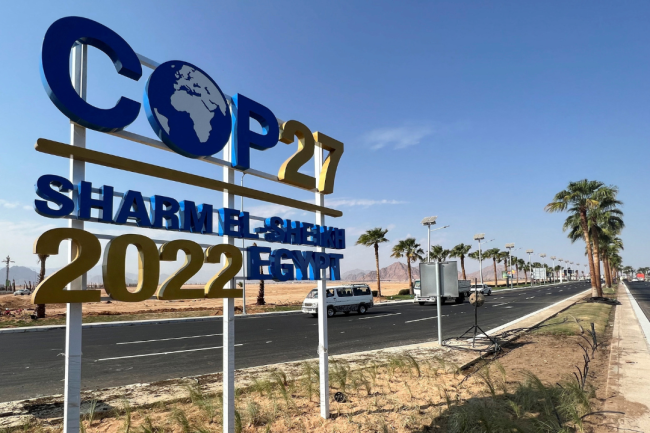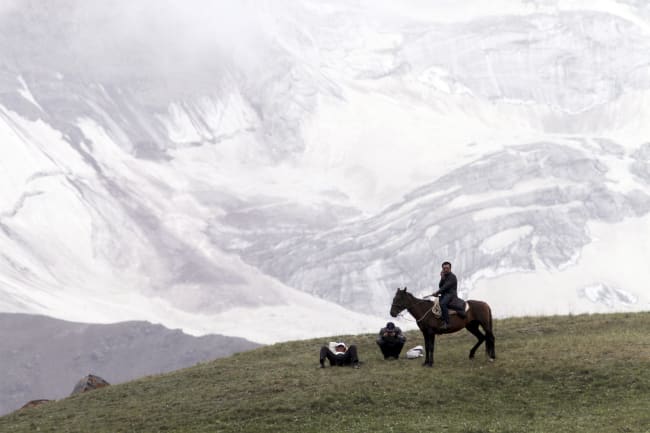Last week, the skies turned orange as millions of people in Canada and the United States were exposed to smoke from wildfires. Although this event was unusual for New York City and other major cities such as Toronto and Boston, from a global perspective it's unfortunately not rare. Wildfire smoke is an annual hazard in California and the Pacific Northwest, as are bushfires in Australia. Smoke from uncontrolled agricultural burning has affected heavily populated Southeast Asia for more than three decades. Central and South America, Russia, and parts of Europe are also regularly affected.
This is climate change in action, right before our eyes. This new normal will worsen before it improves, so the challenge is to adapt to the reality of fire smoke and minimize its health impacts.
With a warmer climate, fire seasons are longer due to hotter springs and summers, earlier snowmelts, and more frequent droughts. A warming climate also leads to greater and larger fires that burn longer and are more difficult to suppress. Climate change increases the frequency of lightning strikes that ignite fires. On top of the chaos caused by hotter temperatures, past forest management practices—which emphasized eliminating fires and reducing controlled burning—have left forests with large supplies of debris that fuel the fires.
Smoke-filled skies have become an annual event that affects people in small towns and all major cities alike
Thirty years ago, in British Columbia, where I live, fire smoke was primarily a concern only for smaller rural communities in heavily forested areas. Now, smoke-filled skies have become an annual event that affects people in small towns and all major cities alike. The same pattern is playing out elsewhere, entirely consistent with what climate scientists had predicted decades ago.
How Wildfire Smoke Harms Health
Wildfire smoke is a mixture containing hundreds of chemicals in gaseous or particle form. Small airborne particles, known as PM2.5, are typically the pollutant of concern during episodes of wildfire smoke. These particles reduce visibility and produce colorful sunsets typical of wildfire smoke events.
As fire smoke becomes more frequent, our knowledge of its health impacts grows. Much like outdoor air pollution in general, researchers now have strong evidence that wildfire smoke will lead to immediate increases in symptoms of disease as well as greater numbers of emergency room visits, hospitalizations, and deaths, especially for people with respiratory diseases. Although fire activity varies from year to year, estimates suggest nearly 150,000 to as many as 500,000 annual deaths globally are from exposure to wildfire smoke. Evidence is accumulating of its effects on cardiovascular disease and type 2 diabetes. Several recent studies have indicated links between exposures to smoke episodes during pregnancy, especially in the last trimester, with lower birthweight babies and a greater likelihood of a premature birth. These reproductive impacts are concerning because of the potential for very high levels of smoke exposure that coincide with critical periods of fetal development.
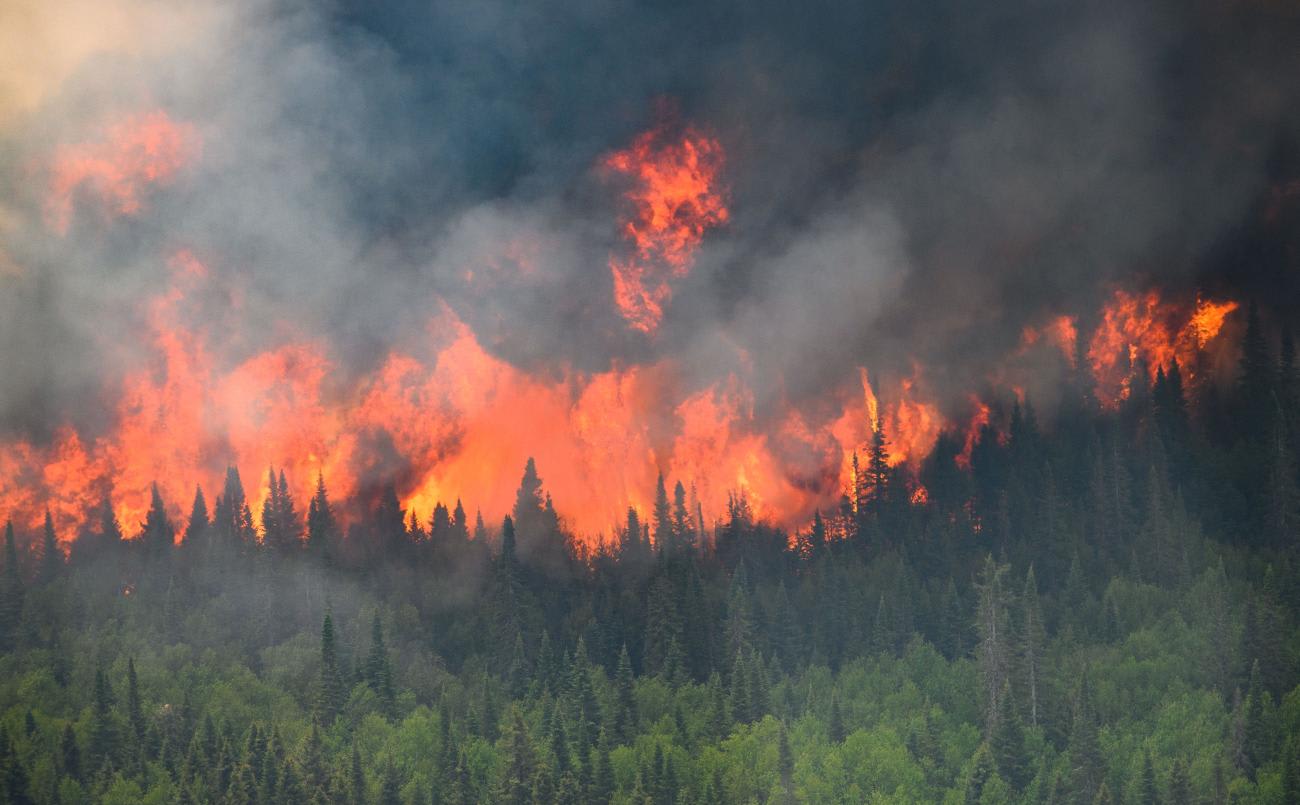
Emerging evidence also shows links between smoke exposure and reduced cognitive performance—in a study of an online brain training game played by more than 10,000 adults, performance worsened in the hours to days after exposure to wildfire smoke. As smoke events become more common and evidence builds, it seems likely that the wide range of health effects now linked to particulate air pollution in general will also be evident for wildfire smoke specifically, or worse. At least one study has indicated that particles from wildfires may be more toxic than other types of air pollution.
As the nature of wildfire smoke has changed, minimizing its health impacts requires a better understanding of the effects on people's bodies. We have entered an era when many individuals will be exposed to wildfire smoke over multiple years. We do not yet know whether these repeated exposures will initiate new chronic diseases, accelerate the progression of existing chronic diseases, and shorten people's lives, as is the case for urban air pollution. The early evidence is cause for concern. For example, one study has demonstrated a link between proximity to wildfires and the development of lung cancer and brain tumors.
Taking Protective Measures Against Smoke
Although improvements in forest management and fire suppression could help reduce the frequency and magnitude of smoke exposure, fires from one location can affect air quality and health thousands of kilometers downwind. Smoke is here to stay. To reduce its health impacts, especially for those who are most vulnerable, a number of steps can be taken:
Emerging evidence shows links between smoke exposure and reduced cognitive performance
Being prepared is critical — checking in with health-care providers before the fire season to ensure that diseases are well managed and that an adequate supply of medication is available is highly recommended for those with pre-existing diseases. At the individual level, indoor air cleaners are one of the most effective strategies. These can remove about 70% of smoke when operated indoors and an effective do-it-yourself air cleaner is easy to make. In commercial, office, or school buildings, outfitting mechanical ventilation systems with high quality filters during smoke events is also effective and should be considered along with the need for more general improvements to ventilation that became apparent during the pandemic. Many communities in the Pacific Northwest now have clean air shelters — locations with filtered air where individuals can go for relief. N95 masks and similar high-quality respirators that have become commonly available for the public are especially effective. It is important to focus on these types of masks, not the cloth or surgical masks that are also widely available.
Reducing physical activity during a smoke event is also important. Smoke forecasting tools are widely available to help in planning for exercise, recreational activities, and outdoor sporting events. These actions are especially relevant for those with heart and lung disease and type 2 diabetes. Adults ages 65 and older and those caring for infants should also carefully monitor symptoms such as chest tightness, difficulty breathing, and cough.
In the longer term, as communities learn to live with smoke, they may need to rethink how to plan activities during a longer fire season. For example, it is now all too common in the Pacific Northwest for vacation plans to be altered at the last minute because of smoke. It could be time to think about shifting "summer" vacations to late spring or early fall—colder seasons when smoke events are less likely. Similarly, summer outdoor sporting events could be challenged both by wildfire smoke and extreme heat. The research community and government agencies can also identify regions that are more prone to wildfire smoke events and work toward longer-term smoke forecasting. Societies have made progress in adapting to higher temperatures. Similarly, improved awareness and preparation along with technical approaches such as air filtration offer glimmers of hope for adapting to wildfire smoke and minimizing its harmful effects.
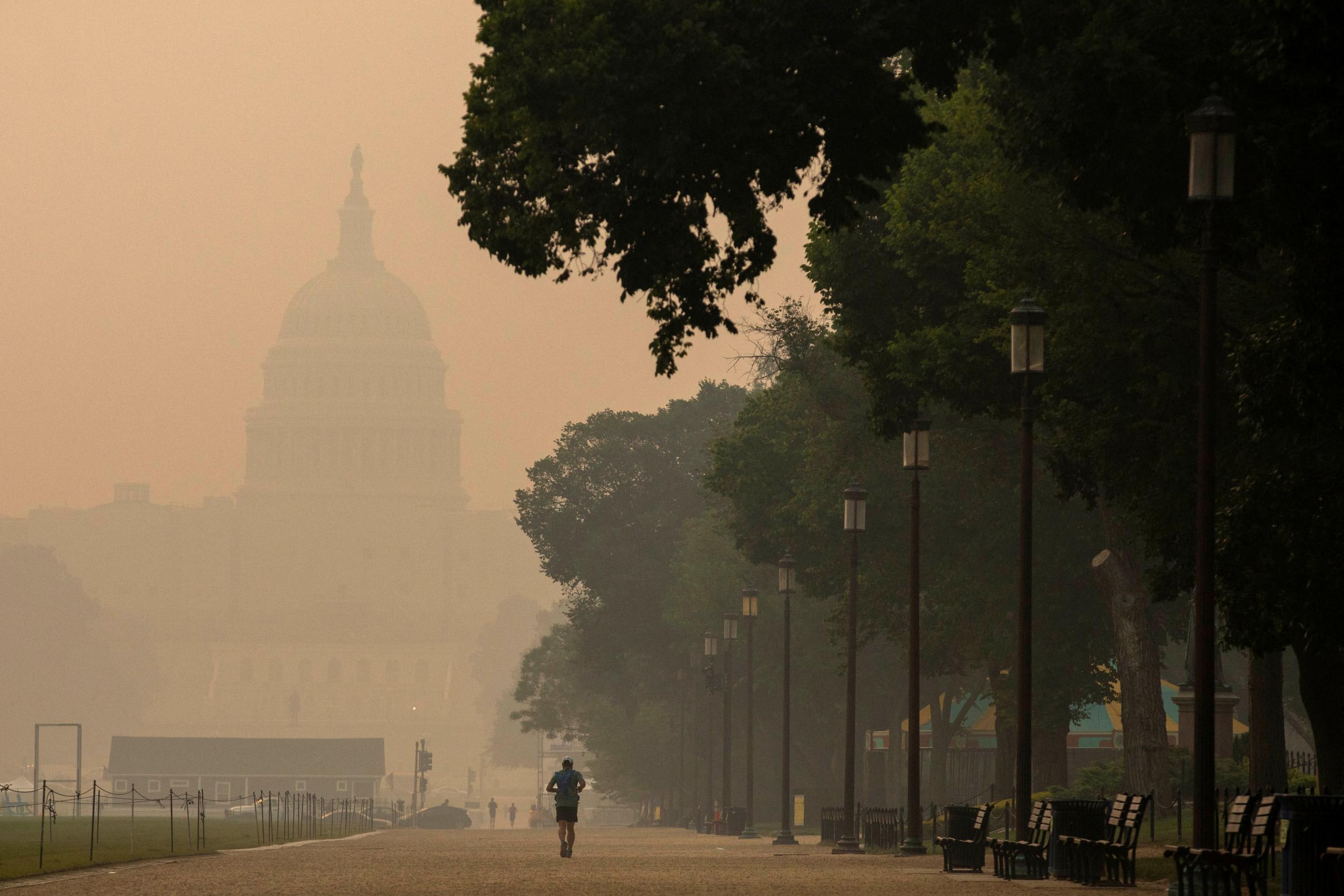
EDITOR'S NOTE: The author is employed by the University of Washington's Institute for Health Metrics and Evaluation (IHME). IHME collaborates with the Council on Foreign Relations on Think Global Health. All statements and views expressed in this article are solely those of the individual author and are not necessarily shared by their institution.
